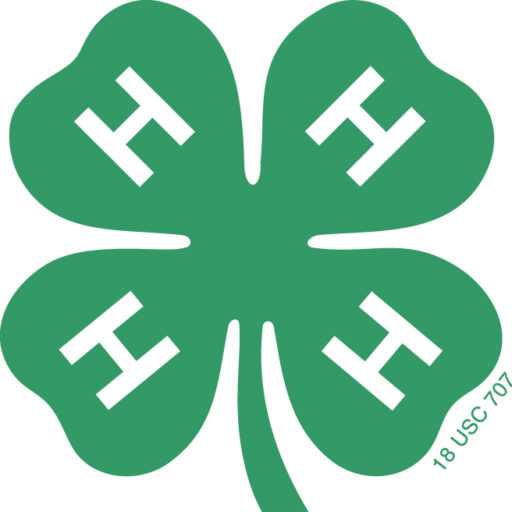Are you or do you know a college aged student who is looking for plans for next summer? How about an opportunity to live and work in Washington, D.C. with housing and meals paid for? Who could pass up that opportunity? Hundreds of college aged students and new grads have become Program Assistants at the National 4‑H Conference Center and touched the lives of thousands of high school and middle school 4‑H’ers. Program Assistants for the Citizenship Washington Focus and Leadership Washington Focus Programs fill a job position that is unlike any other, but also get a chance to develop skills that will be used throughout the rest of their lives.
Why is being a CWF/LWF Program Assistant (PA) such a unique experience? Well, PA’s go through the training and process to become licensed Washington, D.C. tour guides. They work with chaperones and bus drivers to make sure that their delegates have the best week possible and see as much as they can of Washington, D.C. They help delegates step outside of their own comfort zones and meet new people, creating bonds that last well beyond their week at CWF or LWF. Since they have been a part of the National 4‑H Conference Center for over 50 years, who better to tell about their experiences than the Program Assistants themselves. Being a PA comes with its own unique set of challenges and rewards:
Challenge: Living and working in the same environment for an entire summer.
Reward: Having the delegates thank you at the end of the week and write a kind thank you to you for all of your knowledge and giving them something to work toward as they return home.
As they teach, the PA’s often realize they too learn along the way:
“As much as I hope the delegates take out of their experience, as a PA you take even more from the relationships and life lessons that they teach you. I picked up a southern accent from Alabama, basketball skills from Iowa, an appreciation for bus rides from South Dakota, selfies from Nebraska, Hoosier hospitality from Indiana, hip-hop from Louisiana, and the importance of snacking from Virginia. And while those are all fun examples, I learned so much more from my one-on-one interactions with delegates. There are so many names and faces that will stay with me for the rest of my life.
At the end of each week I shared the quote with my delegations that you are the sum total of all of the people that you have ever met, and I think that sums up my PA experience well. I’ve learned a lot in school, but nothing has taught me more about myself than spending a summer with eight of the best friends you could ask for and 1,500 of the best 4‑H’ers this country has to offer, and THAT is why you should become a PA.” – Andrew Powell, 2014 CWF PA
The life skills, professional skills, and customer service skills that PA’s gain from this job are invaluable, no matter what career field you are entering. There have been lawyers, nurses, teachers, 4‑H agents, high ups at major Agricultural organizations, tech companies, and politicians that have made the 4‑H Center home for a few months. The worry of getting a tour guide license, helping a bus driver navigate D.C. traffic, taking 50 4‑H’ers on the metro, seeing the President speak at Arlington on Memorial Day, telling cheesy jokes, or seeing how many people you can get to believe that the Washington Monument really does get lowered into the ground when a plane flies over are just some of the many stories that PA alumni from 5, 15, and 40 years ago continue to share. But the number one story we hear from youth that attended one of our programs is that their PA brought the city to life, made learning fun and created a life changing experience for them.
Interested in joining the more than 50-year-old legacy? Apply here or share this opportunity with college students or recent grads you know.












